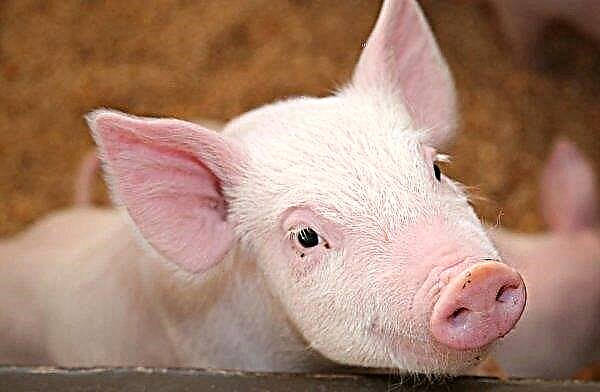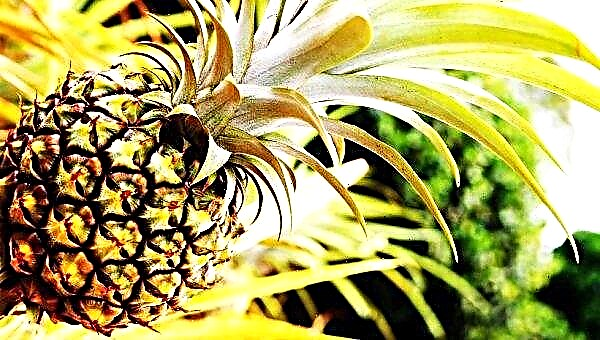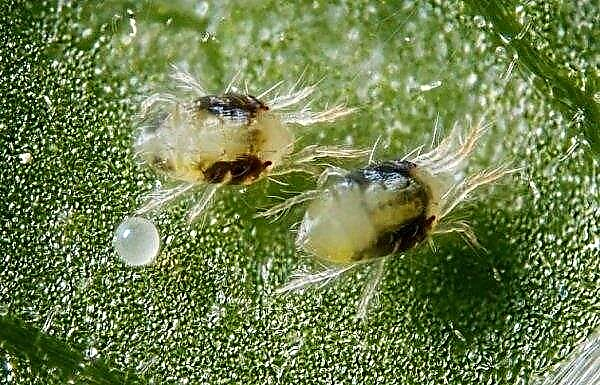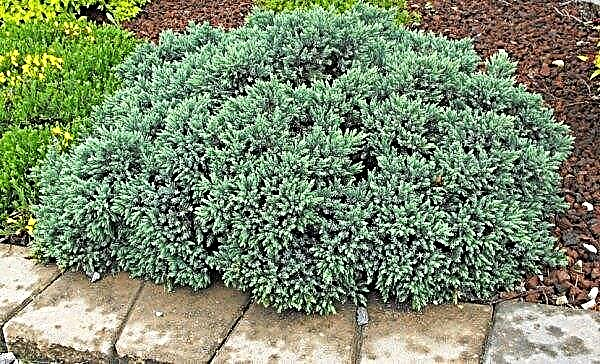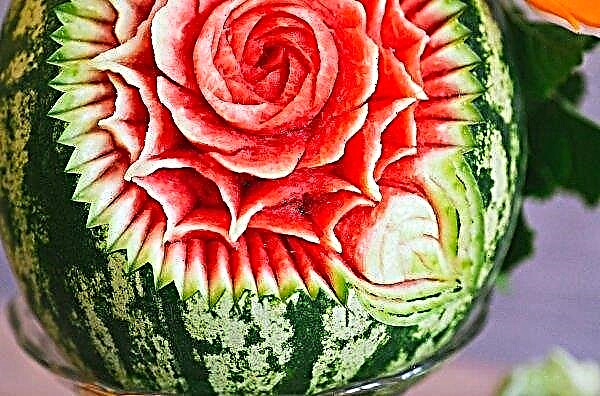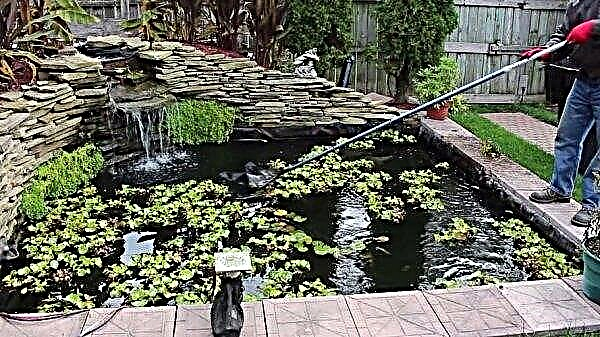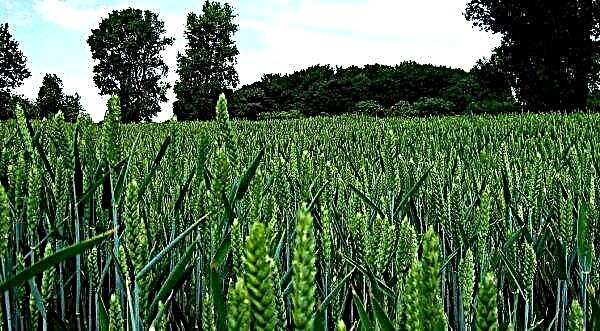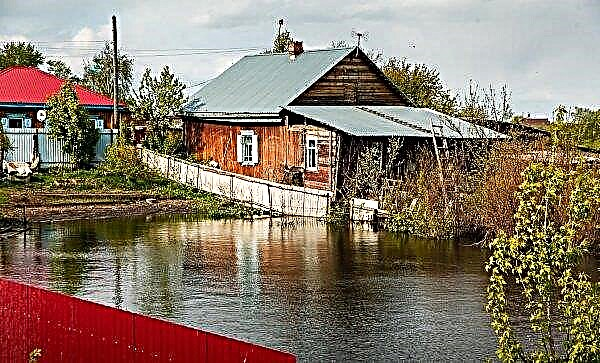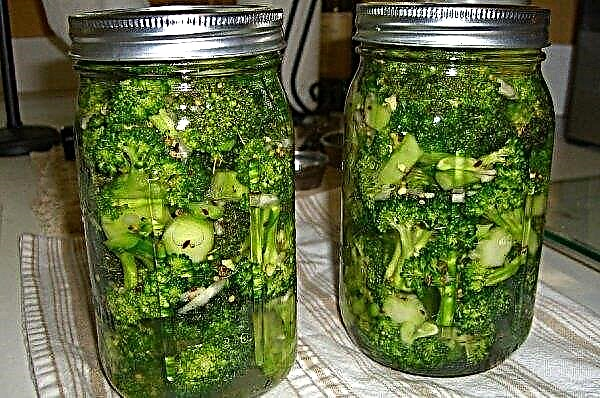Narcissus is the most unpretentious bulbous species known to flower growers. That is why it is the main decoration of personal plots, both in the south and in the zone of the average climatic zone, and in the Urals. However, in order to get a truly lush flowerbed, you must carefully observe the entire technology of its cultivation. The article describes in detail the main features of planting a plant, as well as all the subtleties of its cultivation in the Urals, as well as in the Leningrad District.
When is it better to plant daffodils
Planting and propagation of all plants is carried out after the onset of the active growing season. At this time, there is a rapid development of cells of various departments of the plant organism, which is necessary for its successful growth and development. Usually, early spring or mid-autumn is suitable for this, but planting is often carried out in the summer.
In the spring
The range from the beginning of April to the end of May is considered a favorable time for spring propagation of the culture, while the average daily temperature should be in the range +5 ... + 10 ° С. During this period, both bulbs and seedlings with actively growing aboveground parts are planted. Planting in the spring often does not allow the plant to form a peduncle, so it can bloom only for the next season.
Did you know? In ancient Rome, daffodils were a traditional cult plant. Yellow flowers were given to every warrior who won the battle.
However, the beginning of the growing season is the best time period for flower propagation in the garden, obtaining new hybrids and transplanting to a new place. In addition, the absence of a flower in the first season allows the plant to form a strong bush in spring and summer, able to withstand any weather changes and bloom for at least 5 years. And this in most cases is the key to an elegant and dense flower bed.

In summer
A few years ago, the planting of daffodils was not carried out in the summer, the heat negatively affects the rooting of the species, so often such seedlings die after a few days. However, today, planting in the summer is quite common, for this they use flowers with a closed root system. They can be absolutely any varieties grown in special containers. They are planted along with a root lump of soil, which protects the plant from drying out.
Such a procedure is carried out during the summer season from the first half of June to the end of July. Its main goal is to plant the most active and productive plants in the phase of full flowering. Thus, in the country, you can guaranteedly form almost any landscape composition in just a few days. While the traditional method often requires at least 1-2 seasons for this.
Fall
The best time for planting in autumn is considered to be the period from the second half of September to mid-October, in northern climates the procedure is carried out in late August. This gap is the most optimal for planting all bulbous species.
Planting in the fall contributes to the rooting of planting material before the onset of the cold season, which allows the plant to bloom safely after winter. The largest and most mature bulbs are used for planting during this period.Video: Planting daffodils in autumn
Planting and caring for daffodils in the open ground
In order to grow healthy and flowering daffodils, you need to observe not only a special technique for caring for them, but also a specific planting technology. To do this, you need to choose the right place that will contribute to the desired lighting, as well as simulate the optimal microclimate for this in a separate part of the site. This can be done using traditional agricultural techniques.
Preparing material for planting
Most often, the propagation of this culture is carried out by planting bulbs, for this they take both finished material and dividends. In the latter case, you need to dig out the largest bush, and then divide it into individual bulbs. For planting, take the largest bulbs, since only they have the greatest viability. 
Each bulb before planting in the ground must be protected from fungi. To do this, it is necessary to spray with the preparation "Fundazol" or for 30-40 minutes dip the planting material in a 2% solution of potassium permanganate. After that, it must be dried at room temperature. This procedure will be enough to completely protect the seedlings from any infections in the future.
Important! Before propagating the flower, special attention is paid to the quality of planting material. For this, bulbs of approximately the same size are selected, they must be devoid of traces of damage by fungi and pests, and also be dense and elastic to the touch.
Site selection and soil preparation
In order to grow a completely healthy daffodil, you should make sure that future beds are located in an open and lighted area, with easy shading. The largest flower stalks develop in partial shade, and the flowering of the culture is delayed for several weeks. At the same time, the place under the future flowerbed should be protected from drafts and strong winds.
The species is unpretentious to the ground, so a flower can grow in almost any soil. However, the most refined and aesthetic flowers are formed on well-fertilized sandy-loamy or loamy substrates. Soil moisture is also important for daffodils, it is best to plant them in areas with moderately water-intensive soils. Preparation of a place for planting a daffodil flower garden should begin in mid-summer. During this period, the soil should be fertilized with humus (15 kg / 1 m²), and then plowed to a depth of at least 30 cm.
Preparation of a place for planting a daffodil flower garden should begin in mid-summer. During this period, the soil should be fertilized with humus (15 kg / 1 m²), and then plowed to a depth of at least 30 cm.
Then, approximately 2 weeks before the landing, the following steps must be completed:
- To clear the soil of all kinds of plant debris, weeds and debris.
- Per 1 m², add 30 g of potassium nitrate and 50 g of superphosphate.
- Thoroughly plow the soil to a depth of about 30 cm.

Landing
This species is planted in a row, in a staggered manner or in random order. Plant the bulbs so that the distance between one and the other holes is equal to the double diameter of the middle bulb. If the flower will be planted as the main plant for at least 2-3 seasons, then the distance between the planting pits should be about 20 cm, otherwise the flower bed will need to be planted at the end of the next season.
Planting material should not be densely covered with soil, after which the site should be well watered. To protect seedlings developing in the soil from freezing, the beds must be mulched with fallen leaves, humus or straw, a layer of at least 10 cm. After this, the flower bed is left alone, until the spring thaw.
 The plant should not be planted deep, the depth of the planting material on the bed should be within 8-12 cm. Otherwise, the plant will germinate for several weeks.
The plant should not be planted deep, the depth of the planting material on the bed should be within 8-12 cm. Otherwise, the plant will germinate for several weeks.
Soil cultivation and top dressing
The first loosening of the site is carried out immediately after the onset of a full spring thaw, as soon as the average daily air temperature rises to + 5 ° C. Before that, they remove the mulch, as well as other pollutants of the flowerbed. Loosen the substrate carefully so as not to damage the root system of the young sprout, to a depth of 5-7 cm.
In the future, the procedure should be carried out about a day after each irrigation or rain, but at least 1 time per week.This type of plant necessarily requires at least 3-4 dressings per season. The first time the soil is fertilized about 2 weeks after the first loosening, during this period about 100 g / 1 m² nitroammophoski is added to the soil.Did you know? On the territory of Latvia, it is customary to put light-salted capelin or sprat in each hole before planting a daffodil. They do this in order to protect the young plant from a deficiency of potassium and phosphorus.

Subsequently, until flowering is completed, this rate is reduced to 60 g / 1 m², while the procedure is carried out no more than 1 time per month. The last top dressing is done 1-2 weeks after the flowerbed blooms. For this, a mixture of 40 g of superphosphate and 20 g of potassium sulfate is added to 1 m² of beds.
Watering
Narcissus is a rather moisture-loving flower, so watering the flower beds should be done regularly, otherwise it will not work to grow a flower without problems. Drought, as a rule, negatively affects the growth of peduncles, as well as the size of the flowers and the duration of their flowering.
Important! Watering is done even after the flowering of the plant, before the aboveground mass begins to turn yellow and dry. Otherwise, the bulb will not be able to accumulate the necessary substances for a safe wintering.
To avoid this, uniform humidification of the beds should be maintained; this requires approximately 20–30 L of water / 1 m². Irrigation is carried out once every 7-10 days, during periods of prolonged drought, the irrigation rate is doubled.

Winter preparations
Preparation for wintering begins around mid-October. First of all, the soil on the bed should be well weeded and cleaned of weeds. Then the site must be mulched with any natural material, a layer of at least 10 cm (humus, sawdust, conifer needles, seed husks, etc.). This condition is mandatory, otherwise even an adult and strong bush can freeze.
From about 3-4 years after planting, bulbs can be dug up to obtain daughter plants. Until the next season, the required amount of planting material is stored in a dry and cool place, at a temperature not exceeding + 10 ° С.
What can be put in a hole when planting daffodils
Every year, thousands of gardeners plant daffodils in their area, but only a few manage to cultivate this plant without problems. The main reason for this is the increased demands of the culture on soil conditions and the microclimate in the garden, and especially on the humidity of the substrate.
To protect plants from stagnation of water in the upper layers of the soil, and, as a result, rotting of the underground mass, the bottom of the planting hole needs to be covered with sand, vermiculite, small gravel or gravel, a layer of about 10 cm. All kinds of combinations of melon materials are also acceptable.
As an alternative, expanded clay can be placed at the bottom of a deep hole. In addition to removing excess moisture, this material has excellent thermal insulation properties, which can further improve the soil microclimate, including its vapor permeability. For this, it is also allowed to mix expanded clay with fertile soil (1: 2), and then use the mixture to fill the holes.
What you can plant daffodils with
When growing a crop, you should definitely plan the location of daffodils in the flowerbed. Not all plants are able to neutralize this species, and in some cases, co-growth with individual species close to each other can inhibit the growth of each other.
To avoid this, it is not recommended to plant daffodils next to sea buckthorn and a tulip. In addition, it is not recommended to sit next to all kinds of hybrids of daffodils. This will lead to cross pollination and the joint loss of valuable varietal traits.
It is recommended to plant a flower near crops with enhanced aromatic properties. This will help scare off the onion fly - the main pest of all bulb plants and representatives of the Amaryllis family.
These include:
- white mustard;
- nasturtium;
- calendula
- marigold.

Features of planting and cultivation in the Leningrad region
Often, the agricultural technique of growing daffodils does not change depending on the region of cultivation of the crop. However, when growing a flower in the Leningrad Oblast and adjacent regions, it is important to take into account the fact that this territory is somewhat colder than the average climatic zone of Russia.
In this regard, the landing time will be different. First of all, autumn planting in this region begins in August, from about the middle of the month. In this case, spring planting is carried out 1-2 weeks later.
Features of outdoor care in the Urals
The Urals is a much more complex climatic region than described above. Here, a sharp change in weather conditions is observed, which creates special difficulties for the cultivation of daffodils. Often in this region culture is planted throughout September or April-May. The exact dates of the desired period are determined individually, based on specific weather conditions.

In spring and autumn, for this, the temperature regime should begin within +5 ... + 10 ° C, otherwise the planted flower may die. The main technology for planting and growing crops in the Urals is carried out according to the standard (described above) procedure.
Many try to grow daffodils at home, but not for all this ends in success. The most common cause of all failures is the failure to meet the planting dates, as well as the lack of a specific care regimen. That is why before planting this flower, it is necessary to study exactly the features of its growth, as well as all the subtleties of the formation of the desired microclimate.



